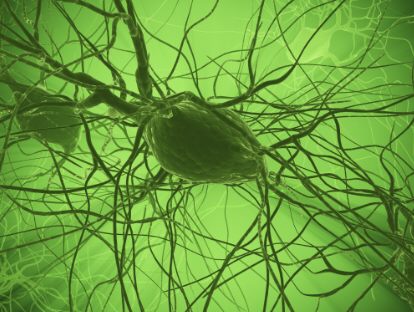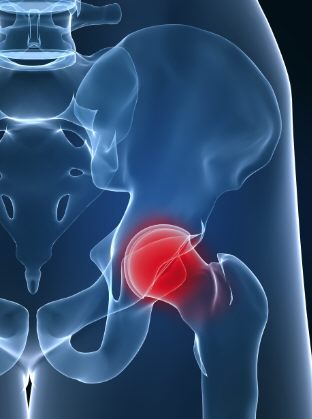 Several different variables have been studied: Catastrophizing, depression, kinesiophobia, and self-efficacy.
Several different variables have been studied: Catastrophizing, depression, kinesiophobia, and self-efficacy.
Catastrophizing is a type of dysfunctional thought in which the patient exaggerates the severity of a situation. Examples of catastrophizing are thoughts like “I can’t take it!” “What did I do to deserve this?” “What’s the use?” “I might as well be dead!” One study of patients entering a multidisciplinary pain treatment center found that the extent to which a patient catastrophized was a better predictor of disability status than pain intensity (http://bit.ly/1aVCGa6). A separate study of fibromyalgia patients found that pain catastrophizing was correlated with an increase in brain activity in areas related to attention to pain, anticipation of pain, and motor control (http://bit.ly/17y4Up8). This suggests that catastrophizing affects the intensity with which patients perceive pain.
Depression and chronic pain often coexist. Both conditions can markedly affect a patient’s health, motivation, and overall quality of life. Patients with depression often experience feelings of helplessness, fatigue, and hopelessness – all feelings which can impair treatment outcome. Depression and pain are also linked biologically through 2 common pathways: the serotonergic and noradrenergic systems (http://bit.ly/1gqi29f). The neurotransmitters serotonin and norepinephrine modulate pain transmission and also play key roles in the development of depression. Therefore, treatments that target these neurotransmitters, such as tricyclic antidepressants, and SNRIs (serotonin/norepinephrine reuptake inhibitors) can be helpful for both conditions (http://bit.ly/1fID6GQ).
Kinesiophobia is fear of movement based on the belief that activity will result in re-injury or exacerbation of pain. Hi kinesiophobia scales result in less activity and interfere in effective rehabilitation (http://bit.ly/19RClca). Depression often co-exists with kinesiophobia.
Self-efficacy in the context of chronic pain refers to confidence in one’s ability to cope and function despite persistent pain. A study of patients with an acute whiplash injury found that patients with less belief in their ability to manage their life in the face of pain were significantly more likely to have their injury develop into a chronic condition (http://bit.ly/1bylac/). A separate study of 45 low back pain patients found that higher self-efficacy predicted better overall functioning and decreased levels of pain at 6 month follow-up (http://bit.ly/19RClca).
Psychological factors play an important role in evaluating and treating pain. When usual treatment is not progressing well, assessment and treatment of emotional factors may help the patient succeed in finding pain relief.


 Considering the possible effects of central sensitization may affect the treatment plan (and in turn the outcome) for a patient in pain.
Considering the possible effects of central sensitization may affect the treatment plan (and in turn the outcome) for a patient in pain.